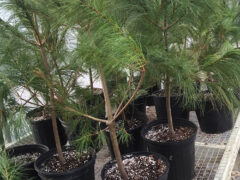
Eastern white pine
Pinus strobus
Grows at a fast rate, with height increases of more than 24” per year to … Continued
Lightning bugs (as we call them in the Midwest) are an amazing sight lighting up summer nights. In addition to the wonder the adults bring, the larvae are beneficial predators, consuming snails, slugs, and other soft-bodied insects. You can support them in the following ways:
Leave the leaves! Allow leaf litter to accumulate, providing shelter and food for lightning bug larvae and pupae. In addition to shrubs and perennial beds, allowing areas of lawn to grow longer also increases cover for lightning bugs.
Turn off outdoor lights! Excessive light pollution can interfere with fireflies’ ability to communicate and find mates.
Lightning bug larvae feed on snails, slugs, and other insects, so a healthy soil environment with diverse insects is important. Some adults feed on nectar and pollen, while others don’t eat at all. Lightning bugs prefer the plants on the following list:.
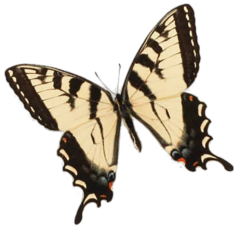

Pinus strobus
Grows at a fast rate, with height increases of more than 24” per year to … Continued
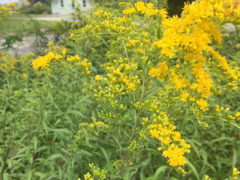
Solidago speciosa
Showy goldenrod is a rhizomatous native perennial which typically occurs in dry soils in open … Continued
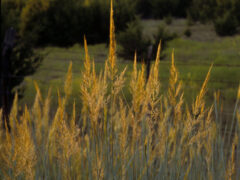
Sorghastrum nutans
Upright clumps of slender, blue-green leaves 1/2″ wide. Foliage turns orange-yellow in fall. Stems are … Continued
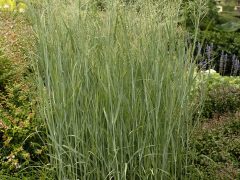
Panicum virgatum 'Heavy Metal'
Metalic blue leaves, strictly upright. Never leans or flops, even in heavy rain. Pink tones … Continued
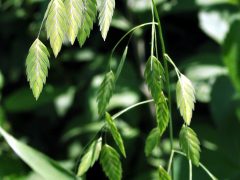
Chasmanthium latifolium
Attractive, nodding seed heads make excellent cut arrangement filler. This grass spreads aggressively so choose … Continued